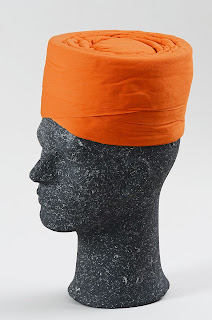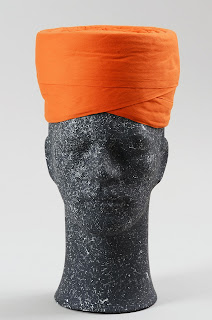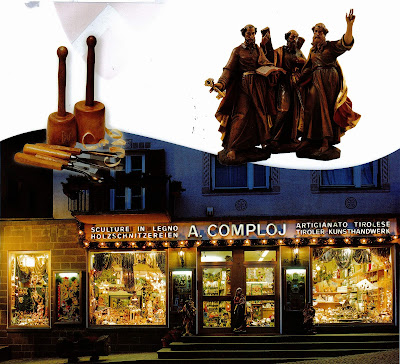In April 2011 I wrote an article about the
In Jerusalem you can see something similar:
The kawass (or kavas, chawwas, qawwās, کاواس)
Today kawasses are men which protect in a symbolic way a Christian procession in Jerusalem.
During the Ottoman empire the kawasses were some kind of:
guards of honour
protection officers (bodyguards)
armed constables or couriers
consular guards in the countries of the eastern Mediterranean
The original Arabic word "qawwās" means bowman.
Kawass of the Ethioppian Orthodox Church
red tarboush - طربوش (fez) with cross on top
Kawasses in Jerusalem wearing a red tarboush - طربوش (fez)
During a procession of the Armenian Apostolic Church the kawasses often not wear a tarboush - طربوش (fez). The tarboush (fez) would remind them of the Armenian Genocide.
They wear some black hats similar to a Jinnah cap.
They wear some black hats similar to a Jinnah cap.
Kawass at the consulate
Foto Hentschel Leipzig Jerusalem 1904
© picture: Flickr
An Arab kawass (an Ottoman Lieutenant assigned to all foreign travellers) seated in a garden of a Jerusalem house with a little boy in his care.

























